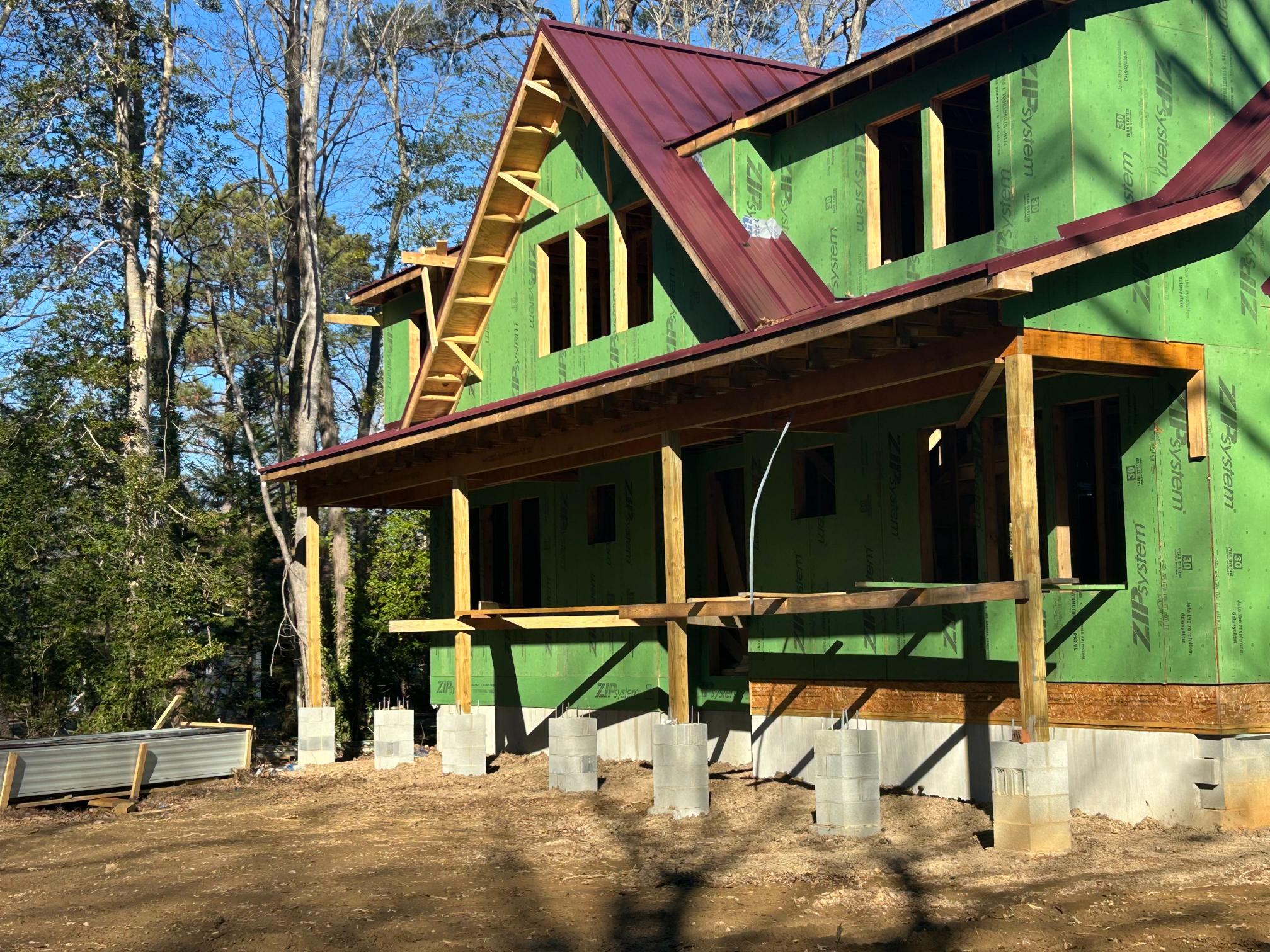Why a Prefab Framing System Might Be the Smarter Way to Build
Introduction
If you’ve been researching ways to build a home faster, smarter, and more affordably, you’ve probably come across the term “prefab home.” Prefabricated homes have become one of the most talked-about solutions in modern residential construction—and for good reason.
But here’s what many people don’t realize: “Prefab” doesn’t mean just one thing. There are several very different types of prefab building methods—from modular and manufactured homes to panelized framing systems like those designed by Green-R-Panel.
Before you invest in a full prefab or modular home, it’s worth understanding the real pros and cons—and why many owner-builders and custom home builders are turning to prefab framing systems instead.
What Exactly Is a Prefab Home?
“Prefab home” simply means a house built from components manufactured in a factory and then assembled on-site.
The main categories include:
- Manufactured homes: Built on a steel chassis, delivered as a complete unit.
- Modular homes: Built in large box-like sections (“modules”) and assembled on-site.
- Panelized homes (prefab framing systems): Individual wall panels, engineered floor systems, and roof trusses are fabricated off-site and assembled like a kit.
Each has its place—but not all offer the same flexibility, quality, or long-term value.
The Pros of Prefab Homes
- Faster Build Times
Factory construction shortens on-site work—move-in happens weeks or months sooner. - Predictable Costs
Bulk materials and streamlined labor lead to clearer upfront pricing. - Reduced Waste
Precision cutting in controlled environments minimizes scrap. - Energy Efficiency
Tighter construction often exceeds code-level performance. - Fewer Weather Delays
Most work happens indoors, protected from rain or snow.
The Cons of Prefab Homes
- Limited Design Flexibility
Modular homes are restricted by transport size and standard layouts. - Shipping and Setup Costs
Oversized modules require cranes, permits, and specialized crews. - Financing and Appraisal Challenges
Some lenders still confuse modular with manufactured housing. - Local Zoning Restrictions
Not all areas clearly accommodate modular construction. - Harder to Customize Later
Adding onto modular homes is structurally complex and costly.
Prefab Framing Systems: The Smarter Alternative
A prefab framing system (also called a panelized building system) gives you the speed and precision of prefab construction—without the limitations of modular homes.
Instead of shipping complete rooms, Green-R-Panel manufactures AutoCAD-designed wall panels, engineered floor systems, and roof trusses in a state-of-the-art facility. These components arrive flat-packed and ready to assemble quickly and accurately on your site.
It’s a hybrid approach: the precision of off-site construction combined with the flexibility and craftsmanship of on-site building.
Prefab Homes vs. Prefab Framing Systems
| Feature | Prefab (Modular) Homes | Green-R-Panel Framing System |
|---|---|---|
| Design Flexibility | Limited to standard modules | Works with any plan—custom or standard |
| Shipping & Setup | Large modules, cranes required | Flat-packed panels—no crane needed |
| Future Additions | Difficult | Easy to expand or modify later |
| On-Site Labor | Specialized crews | Assembles with small local crew or DIY owner-builder |
Why Builders and Owner-Builders Choose Green-R-Panel
- Faster Construction: Frame and dry-in in days, not weeks.
- Up to 60% Labor Savings: Pre-cut, pre-sheathed panels reduce man-hours.
- Factory-Precision Quality: Laser-guided accuracy ensures straighter walls and tighter envelopes.
- Single Vendor Responsibility: One source for walls, floors, and trusses—no coordination headaches.
- Design Freedom: Build your design, your way.
Conclusion
Prefab homes have opened the door to faster, more efficient construction—but they’re not the only option.
If you’ve been searching for a “prefab home,” what you may actually need is a better way to build—one that keeps your design freedom while delivering speed, quality, and value.
That’s exactly what Green-R-Panel’s prefab framing system delivers. It gives you all the advantages of prefabrication—precision, time savings, and cost control—without the compromises of modular construction.
👉 Ready to explore your options?
Contact us today for a custom quote or to speak with a specialist.
📞 1-800-871-7089 | 📧 [email protected]


Comments are closed